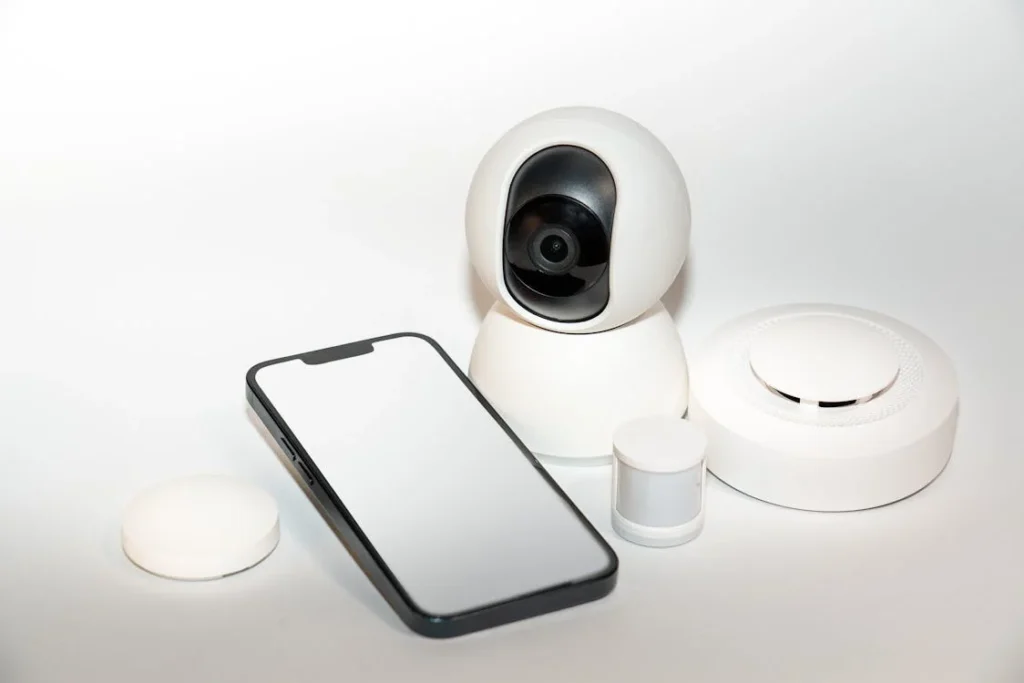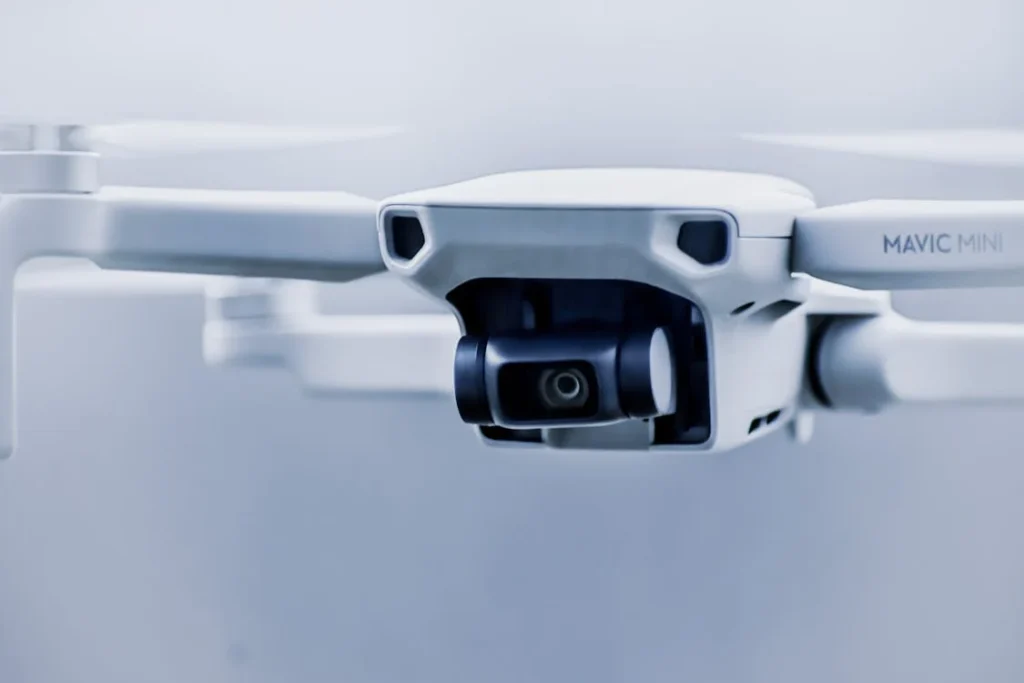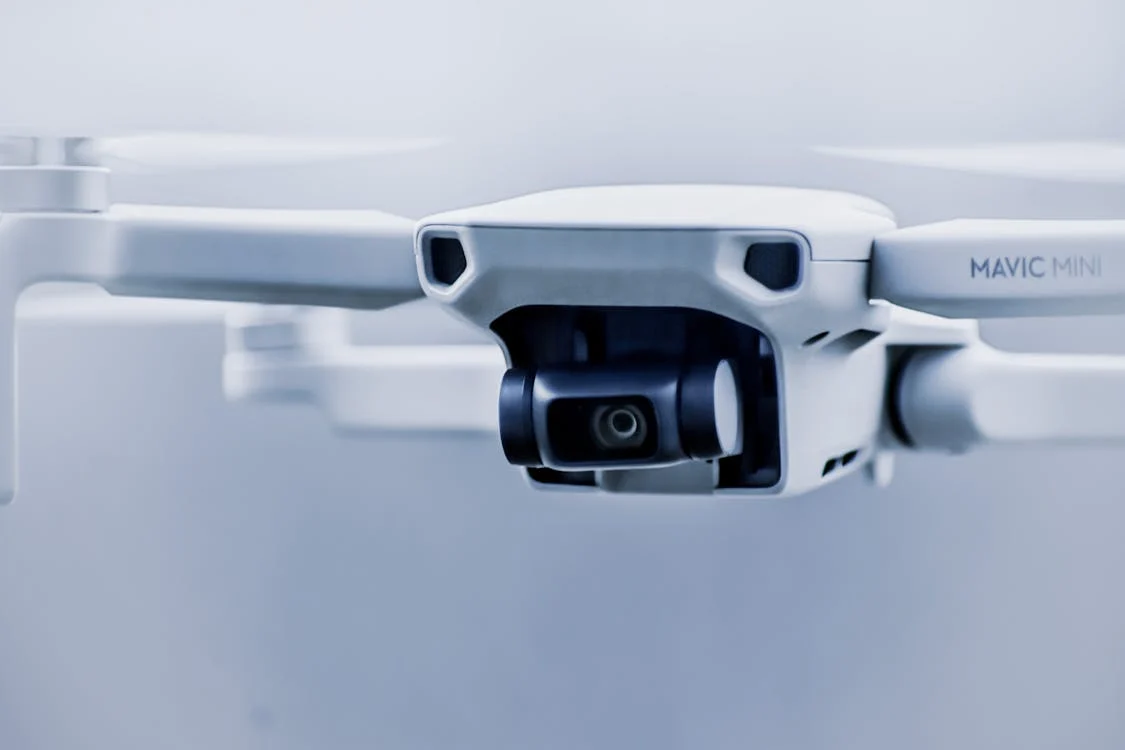Introduction
In an era where security is paramount, wireless security camera systems have emerged as a vital component of home and business safety. These systems provide a convenient and flexible solution for monitoring and protecting properties without the need for complex wiring. This article explores the various aspects of wireless security camera systems, from their technical specifications to practical applications, benefits, challenges, and future prospects.
Technical Specifications
Camera Types
- Bullet Cameras: Known for their long shape, ideal for outdoor use.
- Dome Cameras: Versatile cameras that offer a wide viewing angle, suitable for indoor use.
- PTZ Cameras: Pan-Tilt-Zoom cameras that can be remotely controlled to cover larger areas.
- Hidden Cameras: Discreet cameras designed to blend into the environment.
Resolution
- Standard Definition (SD): Typically 480p, sufficient for basic monitoring.
- High Definition (HD): 720p to 1080p, offering clearer images and more details.
- Ultra High Definition (UHD): 4K resolution, providing the highest level of detail.
Connectivity
- Wi-Fi: Common and convenient for home use but may suffer from interference.
- Cellular: Utilizes mobile networks, ideal for remote locations.
- Bluetooth: Short-range, typically used for connecting cameras to local devices.
Power Source
- Battery-Powered: Easy to install but require regular battery changes.
- Solar-Powered: Environmentally friendly and ideal for areas with ample sunlight.
- AC-Powered: Require a power outlet, providing continuous power supply.
Storage Options
- Cloud Storage: Secure and accessible from anywhere but may involve subscription fees.
- Local Storage: Uses SD cards or local servers, offering more control but limited capacity.
Applications

Home Security
Wireless security cameras provide homeowners with peace of mind by allowing real-time monitoring of their properties. They can be used to watch over entrances, garages, and even nurseries.
Business Security
For businesses, these cameras help deter theft, monitor employee activity, and ensure the safety of both staff and customers. They are particularly useful in retail environments, offices, and warehouses.
Public Safety
Municipalities use wireless security cameras to monitor public spaces, enhance traffic management, and ensure the safety of citizens.
Remote Monitoring
For remote locations such as construction sites or vacation homes, wireless cameras offer an effective solution for keeping an eye on the property from a distance.
Benefits
Flexibility and Convenience
Wireless security cameras can be installed anywhere within the range of the network, offering greater flexibility compared to wired systems.
Easy Installation
Without the need for extensive wiring, wireless cameras are easier and quicker to install, reducing labor costs and installation time.
Remote Access
Most wireless security systems offer remote access via smartphones or computers, allowing users to monitor their property from anywhere in the world.
Scalability
Adding additional cameras to a wireless system is typically straightforward, making it easy to expand the security coverage as needed.
Challenges and Limitations
Interference and Connectivity Issues
Wireless systems can be susceptible to interference from other wireless devices, leading to connectivity issues and potential downtime.
Battery Life
For battery-powered cameras, maintaining sufficient power can be a challenge, especially in high-activity areas where the camera is frequently triggered.
Security Concerns
Wireless systems can be vulnerable to hacking if not properly secured, making it essential to use strong passwords and encryption.
Weather and Environmental Factors
Outdoor cameras must be weatherproof to withstand harsh conditions, and extreme temperatures can affect the performance of some wireless cameras.
Latest Innovations
Artificial Intelligence (AI)
AI-powered cameras can detect and differentiate between humans, animals, and objects, reducing false alarms and enhancing security efficiency.
Integration with Smart Home Devices
Modern wireless cameras can integrate with other smart home devices, such as lights and alarms, to create a comprehensive security system.
Advanced Analytics
Newer systems offer advanced analytics, such as facial recognition and license plate reading, providing more detailed and actionable security data.
Future Prospects
5G Connectivity
The rollout of 5G networks promises faster and more reliable connectivity for wireless security cameras, enhancing real-time monitoring and data transmission.
Increased Use of AI
As AI technology continues to evolve, its integration into wireless security systems will become more sophisticated, offering enhanced features and greater automation.
Enhanced Privacy Features
Future developments are likely to focus on improving privacy and data protection, addressing growing concerns about surveillance and data security.
Comparative Analysis

Wired vs. Wireless Security Cameras
- Installation: Wireless cameras are easier to install compared to wired cameras, which require extensive cabling.
- Flexibility: Wireless systems offer greater flexibility in terms of placement and scalability.
- Reliability: Wired cameras tend to be more reliable and less prone to interference than wireless systems.
- Cost: Wireless systems can be more cost-effective due to lower installation costs, but ongoing subscription fees for cloud storage can add up.
Different Brands and Models
- Arlo: Known for high-quality, battery-powered cameras with robust features and good integration with smart home systems.
- Ring: Offers a wide range of affordable cameras with strong community features and easy setup.
- Nest: Google’s brand, providing high-resolution cameras with excellent AI capabilities and seamless integration with Google Home.
- Swann: Offers a mix of wired and wireless systems, known for their durability and extensive range of features.
User Guides or Tutorials
Setting Up a Wireless Security Camera System
- Choose the Right Camera: Consider the area to be monitored, desired features, and budget.
- Install the Software: Download and install the app or software associated with your camera system.
- Position the Cameras: Place cameras at strategic locations for optimal coverage.
- Connect to the Network: Follow the manufacturer’s instructions to connect the cameras to your Wi-Fi network.
- Configure Settings: Adjust settings such as motion detection sensitivity, recording schedules, and alerts.
- Test the System: Ensure all cameras are functioning correctly and providing the desired coverage.
Troubleshooting Common Issues
- Connectivity Problems: Ensure the camera is within range of the Wi-Fi network and that there are no significant obstructions.
- Power Issues: Check battery levels or power connections.
- Image Quality: Adjust the camera’s position or settings if the image quality is poor.
- Alert Frequency: Fine-tune motion detection settings to reduce false alarms.

